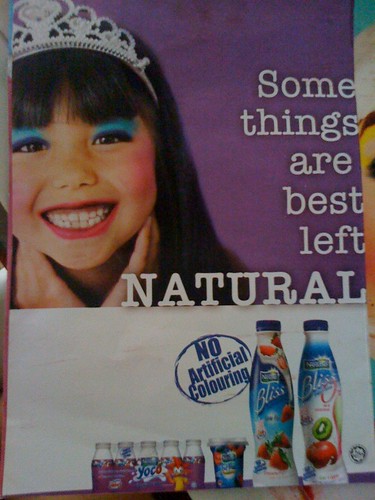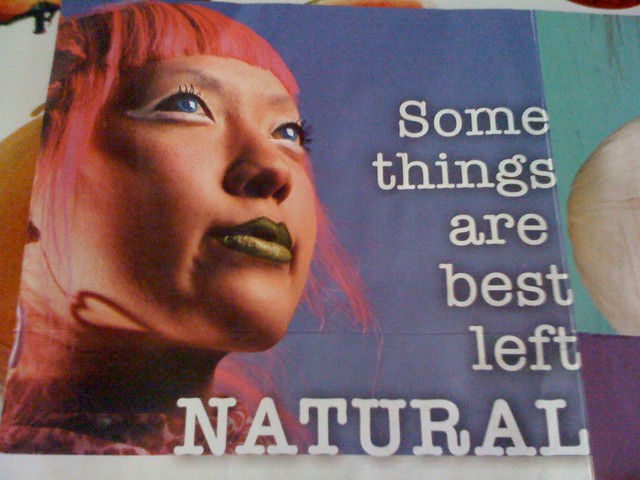Until we achieve a truly single minded rakyat, we have to admit that the different races in Malaysia have tastes, styles and preferences based on cultural influences dating back to our ancestors from Palembang, China, India or aboriginal traditions in Borneo.
Hence there is still a need for niche marketing in Malaysia based on race and individual mother tongues.
I recently worked on a project that required such an approach, specifically targeting the Chinese market. When working on such a project, one must make a conscious effort to avoid approaches that can be labelled 'chinaman style' by the public, which led me to explore projects that have successfully achieved a contemporary style yet maintain an oriental flavour:
The Empire Shopping Gallery in Subang Jaya uses a neutral word - Empire - that could apply to any western or eastern empire.
But it uses its logo to skew perception towards east -
a chinese coin outline, with the middle pattern being the word 'wang' or 王 that means 'emperor'.
Subang Jaya is a middle upper class neighbourhood with a majority of Chinese residents. Which brings me to the next development also in Subang Jaya:
Da:Men is a mixed residential development in USJ. It translates into 'Grand Entrance' which immediately brings to mind an old chinese mansion owned only by the wealthy. It's a novel way of presenting the well used idea of luxury and comfort.
The logo simply uses the chinese characters, to good effect. Chinese characters are essentially pictograms that depict its subject visually. The character on the right, men, 門, resembles a door. This logo was blown up fully spanning the height of the hoarding surrounding the construction. Whether intentionally or happy coincidence, it looks like big doors on the hoarding, inviting passers-by to walk through them.
I end this entry with a bit of digression. Though I mostly work on English medium projects, the Chinese language has always fascinated me. For instance, the character for wood is mu, 木. To depict a forest, the mu character is simply repeated to represent many trees - sen, 森.
It also takes less chinese words to present an idea as compared to the English or Malay language. For example, take the simple phrase of "Please be careful" (4 syllables) or "Sila berhati-hati" (7 syllables) as oppose to "Qing Xiao Xin" (3 syllables). Come to think of it, a copywriter for chinese content might be shortchanged if they charge by word basis!





